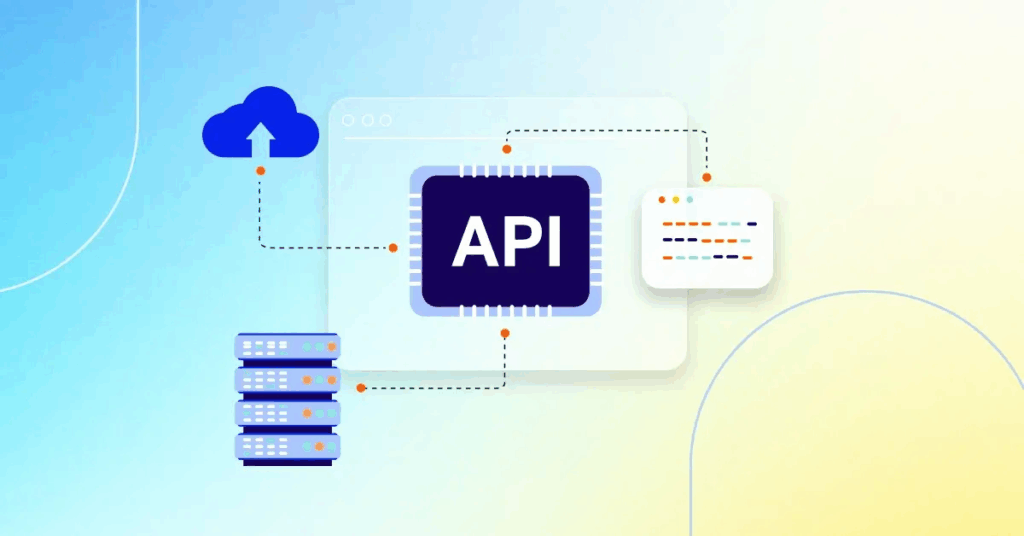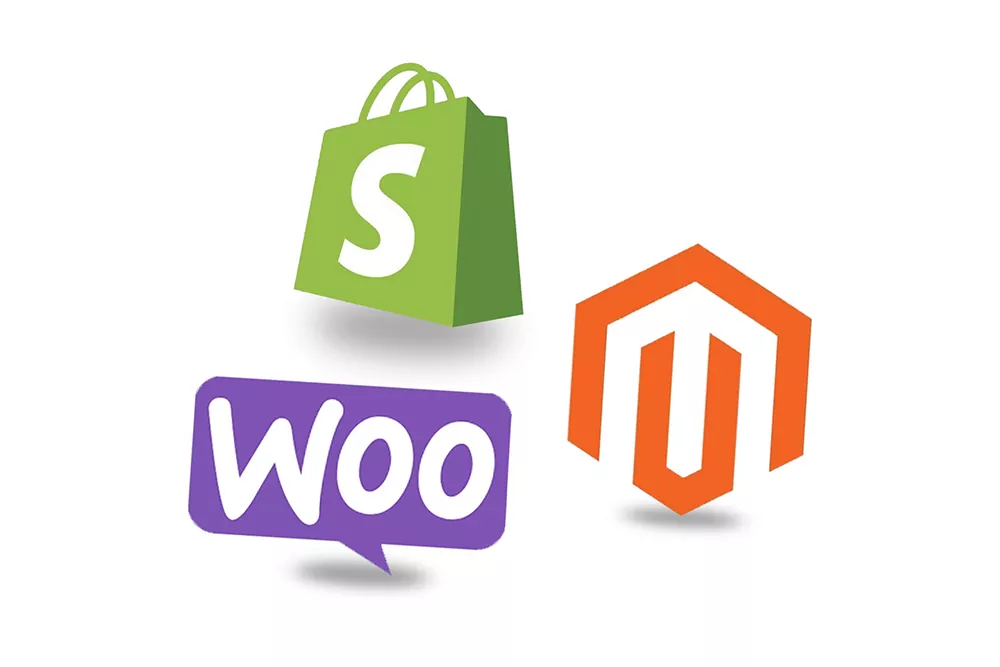API-Based vs Plugin-Based Ecommerce Shipping Integration: Which Is Right for You?
Running an online store means facing one big challenge: shipping. If it’s slow or unreliable, customers get frustrated and growth suffers. The solution is choosing the right Ecommerce Shipping Integration. At Postalparcel, we see many businesses weighing API-based versus plugin-based integrations, each with benefits depending on store size, technical skills, and future goals.

This article explores the differences, benefits, and trade-offs of both approaches to help you select the best shipping solution for your ecommerce business.
Understanding Ecommerce Shipping Integration
What It Means
Ecommerce Shipping Integration connects your online store with carriers, logistics providers, and fulfillment platforms. It automates tasks like label printing, rate calculation, and tracking updates. Without integration, store owners face manual processes that can quickly slow down fulfillment and frustrate customers.
Why It Matters
Integration ensures that shipping rates at checkout are accurate and automatically updated. It reduces the risk of human error in entering orders and addresses. Customers get real-time tracking information, which builds trust and improves the shopping experience. For store owners, automation means time saved, fewer mistakes, and a stronger foundation for scaling the business.
API-Based Ecommerce Shipping Integration
What Is API Integration?
API-based integration connects your store directly to shipping providers through custom code. APIs allow systems to communicate seamlessly, exchanging data such as shipping rates, delivery times, order confirmation, and package tracking.

Advantages of API Integration
One of the biggest benefits is flexibility. You can customize the integration to match your workflows, whether you’re managing multi-warehouse operations or international deliveries. API solutions are also highly scalable, making them suitable for stores expecting rapid growth.
Automation is another strength. Orders, tracking numbers, and shipping rates update in real time without manual effort. For businesses working with multiple carriers, APIs make it possible to integrate all of them in one system.
Challenges of API Integration
Despite the advantages, APIs come with challenges. They require development resources, meaning you’ll need technical expertise or access to a developer. The upfront cost is often higher than plugin solutions. In addition, APIs frequently change, so maintenance is an ongoing requirement.
Best Fit for API Integration
API-based Ecommerce Shipping Integration is the best choice for medium to large businesses. If your store processes high volumes of orders, relies on multiple carriers, or uses complex fulfillment workflows, APIs provide the control and reliability you need. They are especially valuable for businesses with IT teams or dedicated technical support.
Plugin-Based Ecommerce Shipping Integration
What Is Plugin Integration?
Plugin-based integration uses pre-built extensions designed for ecommerce platforms like WooCommerce, Shopify, or Magento. These plugins are ready to install and configure, providing shipping tools without custom coding.

Advantages of Plugin Integration
The most obvious advantage is the ease of setup. You can install a plugin within minutes and start printing labels or calculating rates. Plugins are also affordable, making them appealing for small businesses and new stores.
Another benefit is user-friendliness. They are designed for store owners without technical skills, offering simple interfaces. Updates are often managed by the plugin developer, so you don’t need to worry about frequent technical changes.
Challenges of Plugin Integration
Plugins, however, come with limitations. They offer only the features included in the package, which may not suit complex workflows. Adding too many plugins can slow down your site performance. For businesses that scale quickly, plugins may struggle to keep up with growing order volumes.
Best Fit for Plugin Integration
Plugin-based Ecommerce Shipping Integration is perfect for small to medium-sized businesses. If you’re just starting out, handling straightforward shipping needs, or working with one or two carriers, a plugin provides everything you need without large upfront costs.
Comparing API vs Plugin: Key Factors
Cost

API-based integrations usually require higher upfront investment because of development, but they offer scalability that saves money over time. Plugin-based solutions are cheaper initially but can create bottlenecks as the business grows.
Ease of Use
APIs are more technical, demanding coding knowledge. Plugins are simple and beginner-friendly, making them the go-to choice for non-technical store owners.
Customization
APIs are highly customizable, allowing for unique shipping workflows such as split shipments, regional carriers, or custom rules. Plugins are limited to the features built in by their developers.
Scalability
APIs scale easily with business growth, managing thousands of orders across multiple sales channels. Plugins are best for stable, low-volume operations and may slow down under heavy demand.
Maintenance

API-based solutions require regular updates from developers. Plugins depend on their third-party providers for updates, which are usually automated but sometimes delayed.
When to Choose API-Based Integration
Choose API-based Ecommerce Shipping Integration if your business is growing rapidly, handles international orders, or relies on advanced workflows such as multi-warehouse fulfillment. APIs are also best for businesses that want complete control over how shipping integrates with the rest of their system.
If you have technical resources or a developer team, API integration will give you flexibility and a future-proof solution.
When to Choose Plugin-Based Integration
Choose plugin-based integration if your store is small, new, or budget-conscious. Plugins work well for straightforward shipping tasks and can handle daily order processing efficiently. They are the best option for business owners who want a solution that doesn’t require coding knowledge or expensive development work.
For many small ecommerce stores, a plugin is more than enough to get started with automated shipping.
Hybrid Approaches: The Middle Ground
Many businesses start with plugins for fast setup and low costs. As the business grows and order volumes increase, they transition to APIs for greater control and scalability.
Some even combine both, using plugins for basic tasks like label printing and APIs for advanced needs such as integrating multiple carriers or creating predictive delivery models. This hybrid approach allows businesses to enjoy the benefits of both systems while minimizing risk.
Conclusion
Both API-based and plugin-based Ecommerce Shipping Integration options can transform how your store manages logistics. The right choice depends on your business size, technical resources, and growth goals.
API integrations are best suited for businesses seeking scalability, automation, and customization. Plugin integrations are perfect for smaller stores that want affordable and quick solutions.
Regardless of which path you choose, having a reliable shipping integration is essential for customer satisfaction and long-term success. To explore tailored shipping solutions and advanced ecommerce logistics, visit Postalparcel.
Industry Insights
news via inbox
Nulla turp dis cursus. Integer liberos euismod pretium faucibua








